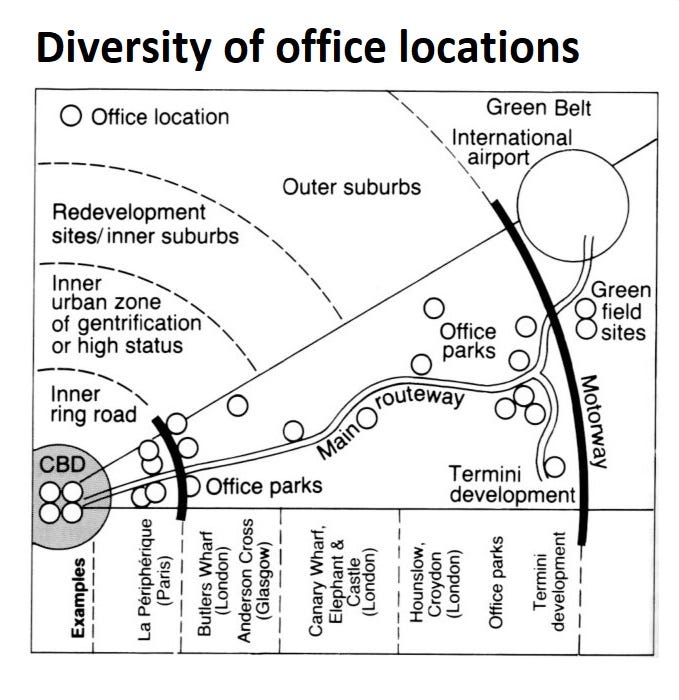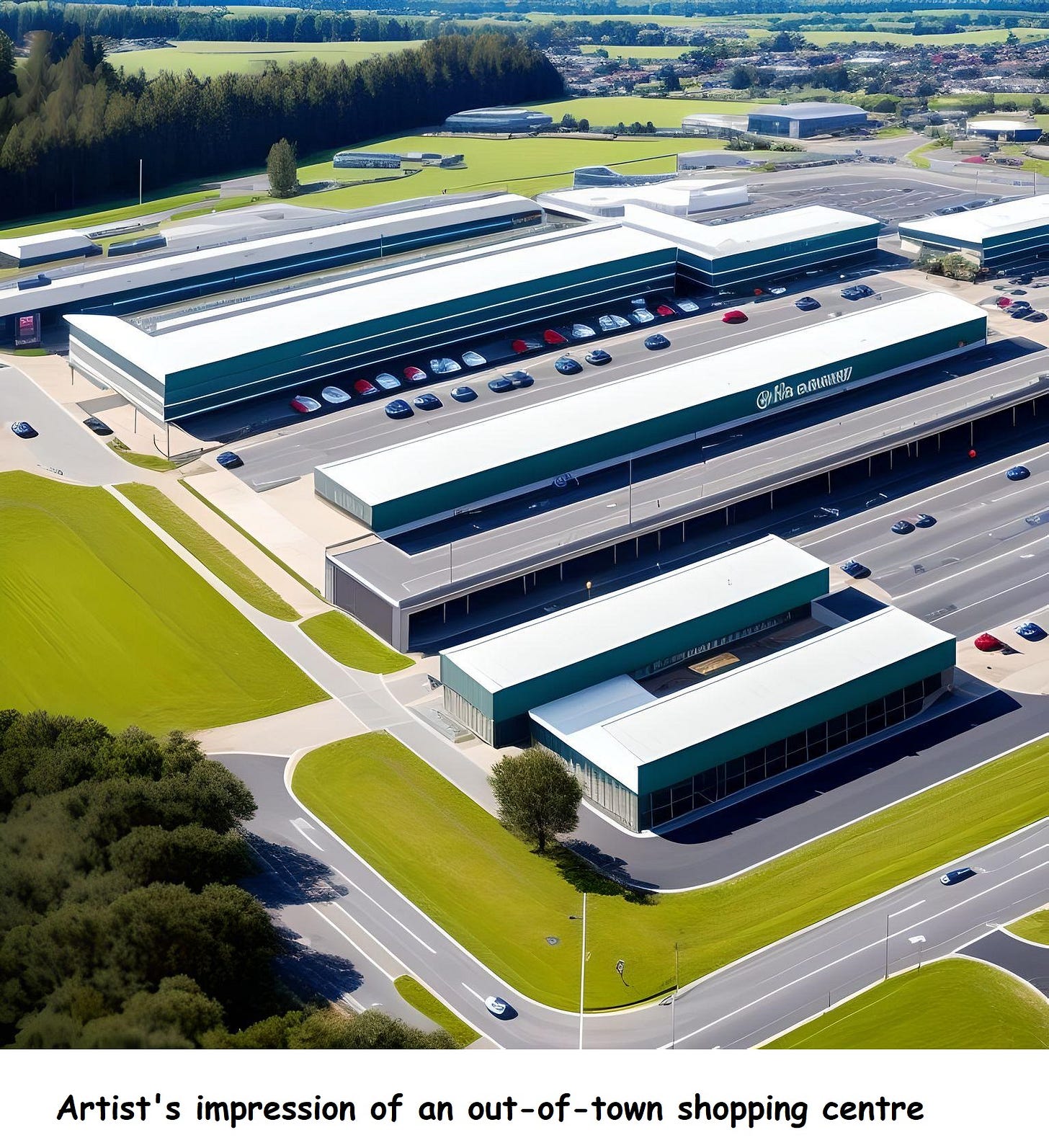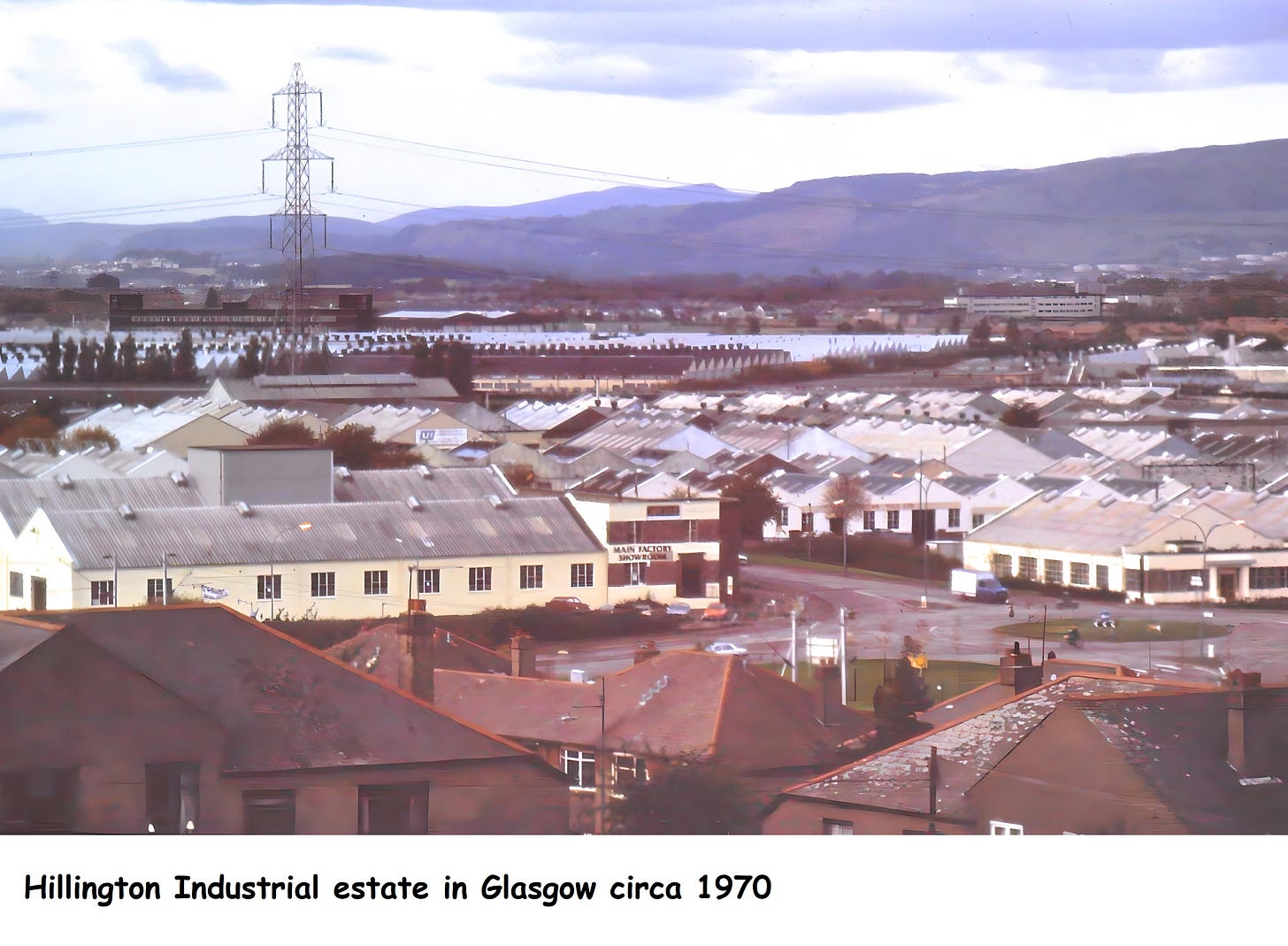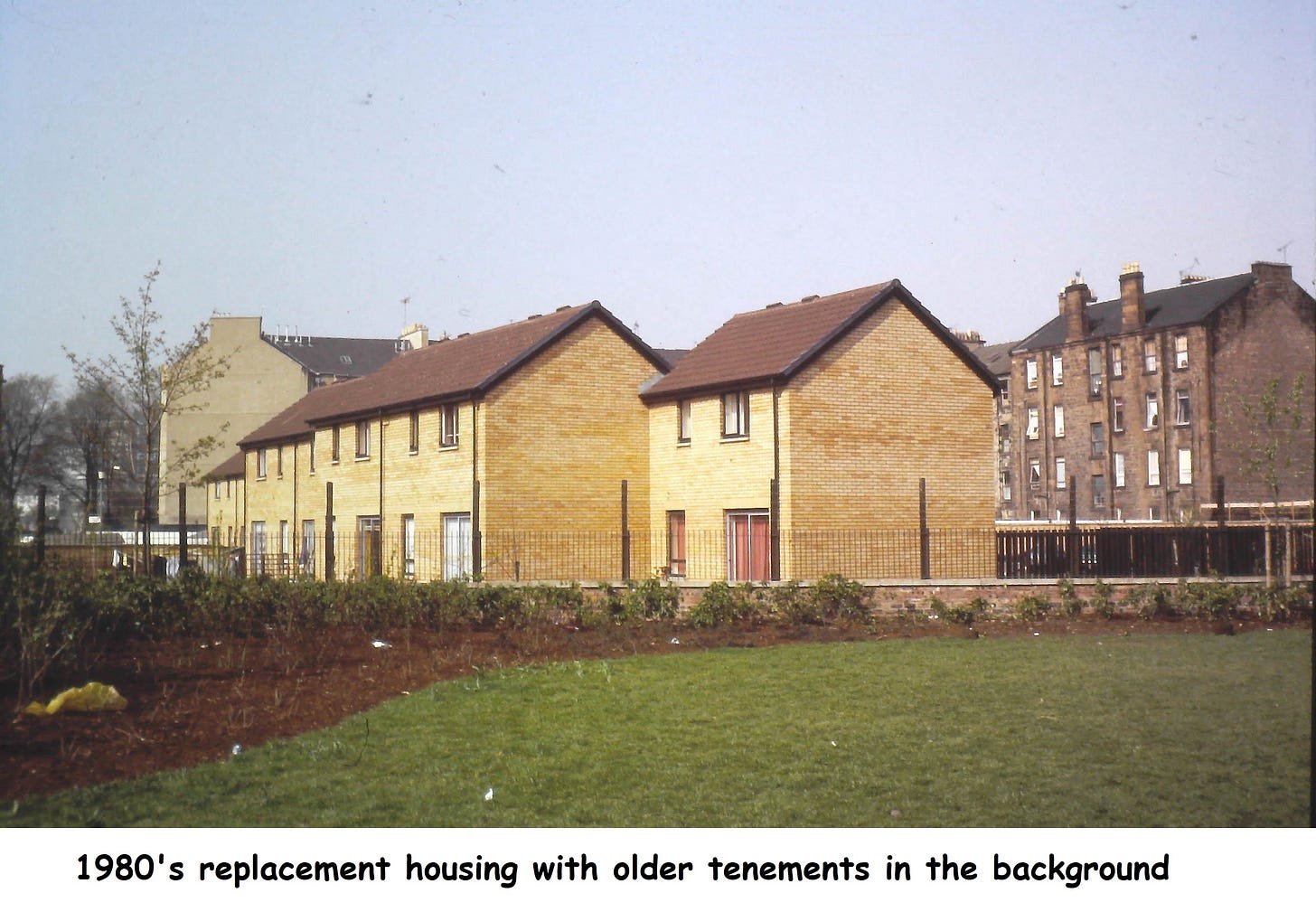The changing distribution of the main urban functions such as Offices, Retailing, Industry and housing change spatially over time and may conflict.
The spatial distribution of urban functions, including offices, retailing, industry, and housing, can change over time due to various factors such as economic shifts, technological advancements, population growth, and urban planning policies. These changes often occur in response to evolving demands, preferences, and spatial constraints. While there can be conflicts among these functions, urban planners strive to find a balance that promotes efficient land use, economic growth, and liveability.
Artist Impression
Offices: The distribution of office spaces can change as cities grow and economic activities evolve. Historically, offices were concentrated in the central business district (CBD) due to its accessibility, proximity to transportation networks, and concentration of business services. However, in recent decades, there has been a trend towards decentralisation, with offices spreading to suburban areas and specialized business parks. This shift is driven by factors such as the availability of larger land parcels, improved transportation infrastructure, lower costs, and the desire for more sustainable commuting patterns. Conflicts can arise when decentralisation leads to increased traffic congestion or the abandonment of older office spaces in the CBD.
Retailing: The distribution of retail spaces has also undergone significant changes. Traditionally, retail activities were concentrated in the CBD and main commercial corridors. However, the rise of suburbanisation and the development of shopping malls led to the decentralisation of retailing. Large shopping centres and retail parks emerged in suburban areas to cater to the growing population and provide convenient access for car-dependent shoppers. More recently, e-commerce and online shopping have further disrupted the retail landscape, challenging the traditional brick-and-mortar model. This has resulted in the closure of many traditional retail spaces and the need to adapt existing spaces for mixed-use or experiential retail concepts. Conflicts can arise between online retailers and traditional physical stores, as well as concerns over the loss of local businesses and the vitality of city centres.
Industry: The spatial distribution of industrial activities has seen significant shifts due to economic restructuring and changing land use patterns. Historically, industries were often concentrated near ports, transportation hubs, or natural resources. However, deindustrialisation and the outsourcing of manufacturing have led to the decline of traditional industrial areas in many cities. Industrial activities have relocated to suburban or peri-urban areas with larger land availability, lower costs, and improved transport links. The emergence of high-tech industries and the knowledge economy has also led to the clustering of specialised industries in innovation districts or science parks. Conflicts can arise when industrial activities encroach on residential areas, leading to pollution concerns, or when the loss of industrial land impacts employment opportunities or local economies.
Housing: The distribution of housing is influenced by factors such as population growth, affordability, transportation options, and urban planning policies. In many cities, there has been a trend towards urban densification and mixed-use development to accommodate growing populations and reduce urban sprawl. This involves the construction of high-density residential buildings, such as apartments and condominiums, in proximity to urban amenities and transportation nodes. However, conflicts can arise between residential areas and other functions, such as noise pollution from nearby commercial or industrial activities, loss of green spaces, or gentrification pressures that displace lower-income residents.
In urban planning, managing the spatial distribution of these functions requires careful consideration of factors such as accessibility, environmental impacts, social equity, and economic vitality. Integrated planning approaches, zoning regulations, transportation planning, and community engagement are used to mitigate conflicts, promote sustainable land use, and create vibrant and inclusive urban environments.
Questions
What are the main factors that influence the distribution of urban functions within a city?
How do historical legacies shape the spatial organisation of urban functions in developed countries?
In what ways do economic considerations impact the location of commercial, industrial, and residential zones?
How do social dynamics, such as demographics and lifestyle preferences, affect urban land use?
Questions for further research
What role do urban planning policies play in guiding the allocation and use of land in cities?
How do environmental concerns influence urban land use decisions in developed countries?
What is the significance of infrastructure and transportation networks in determining the spatial distribution of urban functions?
How does effective governance and stakeholder engagement contribute to urban land use planning?
FEEL FREE TO BUY ME A COFFEE IF YOU LIKE MY FREE RESOURCES
or one of my inexpensive books at
Amazon.co.uk: Ritchie Cunningham: books, biography, latest update










